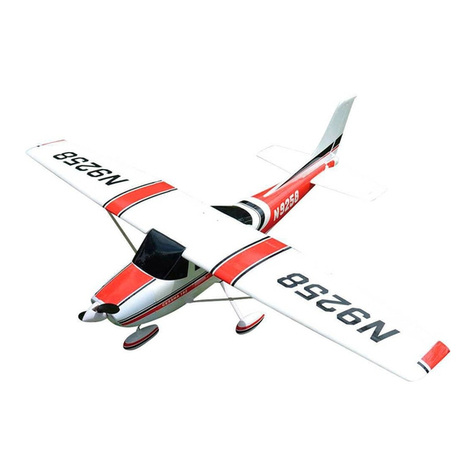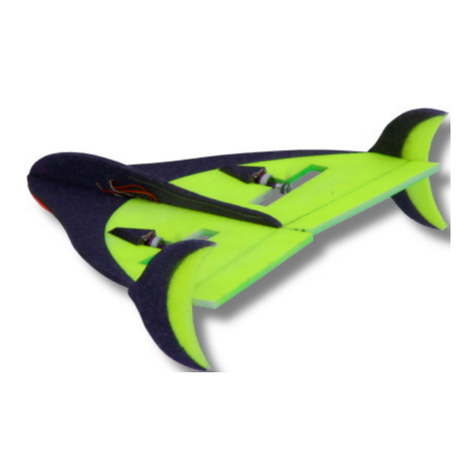
Many thanks for purchasing the 4-Max Inspiration F3A 50E Kit from 4-Max Models.
We hope you enjoy your new model.
At 4-Max Models, we like to offer competitive prices, good performance, and products that you
can setup and use with ease. That’s why we have extensively researched and tested this
airplane and suggested all the products necessary for you to have a great performing aircraft.
By purchasing and/or building this model, the user assumes ALL liability and risk involved with
this product. This model should be built and flown by an experienced builder and R/C Flyer.
4-Max Models guarantees this model to be free of defects at the date of purchase. This
warranty does not cover any parts damaged by use, modification or crash damage.
In no way shall 4-Max Models’ liability exceed the original cost of the purchased model.
Further, 4-Max Models reserves the right to modify this warranty without notice. 4-Max Models
has no control over the final stages of assembly or the materials/glue used for the final
assembly.
By the act of using the final product the user accepts all resulting liability.
4-Max Models, as an R/C supplier provides a top-quality model and instructions to complete
the model. The quality and flight characteristics of the finished model will depend greatly on
how it is built. We cannot guarantee the performance for the completed model and
representations are expressed or implied as to the performance of the completed model.
If the buyer is not prepared to accept the liability associated with the use of this product, the
buyer is advised to return this kit immediately, in new and unused condition for a full refund.
Safety in Assembly
During assembly of this airplane, you will need to use sharp knives and glues. Please follow all
safety procedures recommended by the manufacturers of the products you use, and always
follow these important guidelines: ALWAYS protect yourself when working with adhesives,
knives, or tools. Safety glasses are advised to protect your eyes.
Safety in Flying
This is NOT a toy! It is a high-performance R/C model capable of high speeds and extreme
manoeuvres. It should only be operated by a competent R/C pilot in a safe area with proper
supervision. ONLY fly your airplane in a safe, open area, away from spectators and vehicles–
and where it is legal to fly. Never run your motor inside a house or building with the propeller
attached – Remove the prop for safety. Never run the motor on the ground at full or near full
throttle for more than 20 seconds. We recommend you get insurance from the BMFA.
Required Items
Brushless Motor Recommended 4-Max PO-3547-800
Brushless ESC Recommended 4-Max 4M-ESC50A
Propeller Recommended 4-Max JXF 13x6
4x Servo Recommended Emax ES3001
Servo Extension Leads 4x 200mm, 2 x100mm
Spinner Recommended 4-Max 57mm cooling spinner
Foam Safe Glue Recommended Deluxe Materials Foam 2 Foam
Transmitter and Receiver Minimum 4 channel, 6 is recommended
LiPo Battery 4S, 3700mAh LiPo Minimum 40C, 60C Recommended
Suitable LiPo charger MUST be LiPo compatible
Sharp knife
Set Metric Allen wrenches
Scissors
Small pliers
Wire cutters
Petroleum jelly
All of these items are available from www.4-max.co.uk




























